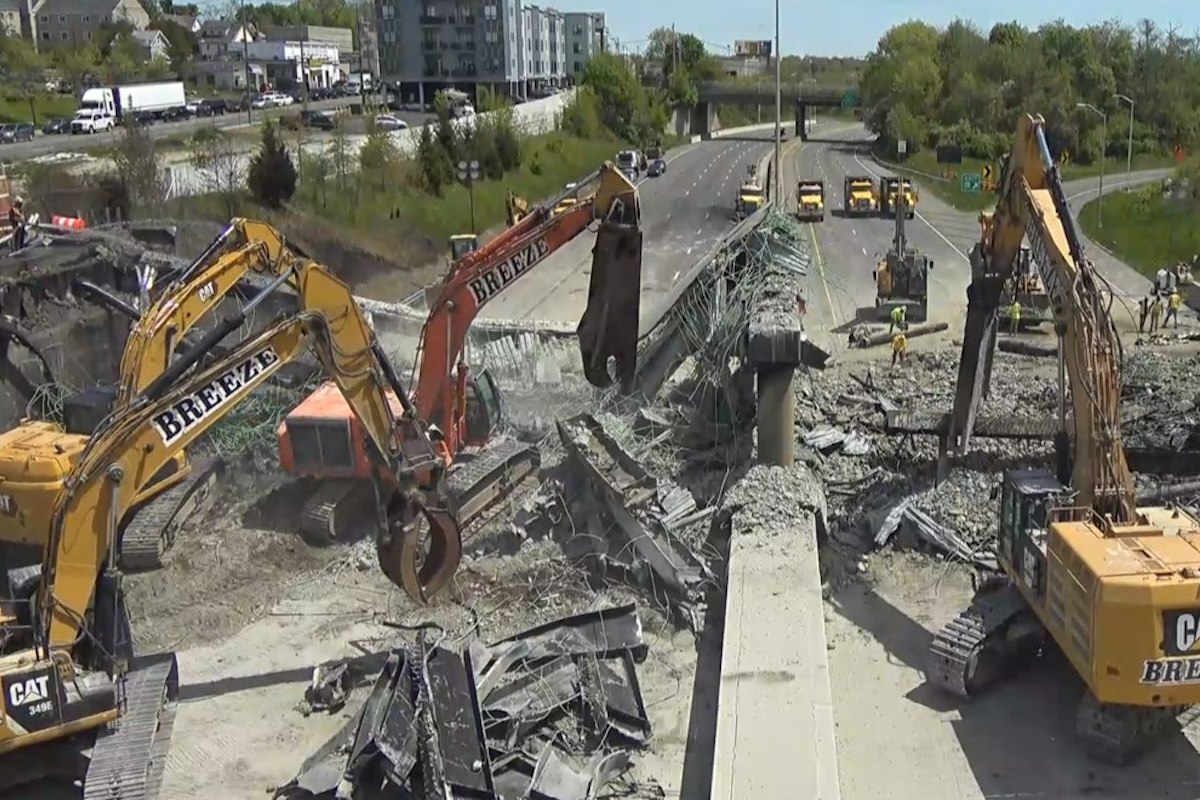Tracking near misses is definitely a powerful tool for safety professionals. Taking things one step further and focusing on what are known as “good catches” is even more effective.
“Good catch” is the term we use when workers or anyone else on a jobsite recognize and proactively address a potentially unsafe situation. For example, as one worker prepares to climb a ladder to perform a task, a second worker notices that his fall protection harness is improperly secured, so he stops the first and helps him adjust it.
Good catches occur when workers truly believe they’re responsible for their own safety, have the right training and the confidence to speak up when they spot something concerning, and know they won’t be punished or ostracized for pointing out problems. While near miss reporting can be a valuable tool, good catch programs are even more powerful, because they address situations before a near miss can occur.
When a worksite has an effective program that encourages and celebrates good catches, it creates a proactive safety environment and can even boost worker morale. Just like near miss reporting, a formal good catch program promotes reporting and learning while providing important metrics that can be tracked and trended over time. It turns a company’s safety philosophy into a clear reality. And, as workers see safety advisors and supervisors call attention to good catches, they’re more likely to make them, enhancing overall safety. Additionally, there’s plenty of data supporting the fact that safe workplaces have higher productivity and lower turnover, so companies benefit too.

| Your local Case Construction Equipment Inc dealer |
|---|
| Beauregard Equipment |
| Monroe Tractor |
Traditionally, companies have used incentive programs or recognition such as signs saying, “no injuries in X days” as a way to encourage safer behavior. They’re instituted in the right spirit, but they often produce the wrong results. Evidence suggests such efforts may actually discourage workers from reporting incidents because they’re afraid of being punished or blamed for “ruining” a good record. In other cases, companies may say they encourage reporting, but the complicated paperwork or process involved with making a report effectively discourages workers from doing so. As a result, such efforts result in underreporting.
A carefully designed good catch program accomplishes the same objective of a safer workplace without discouraging reports. No matter what kind of program is developed, company leadership has to embrace the idea of reporting good catches and issue (and stand behind) a clear message there will be no reprisals for making reports. Programs should also make the reporting process easier. For example, we’ve used a simple “good catch card” that allows workers to submit examples in a minute or two.
It’s just as important to publicize and celebrate those good catches, and that doesn’t have to be complicated or expensive. Recognition can be as simple as an email or a short note recognizing both the employee who has done the right thing and the person who submitted the card. Companies could also issue a monthly newsletter with brief details of the good catches, or issue hats or hardhat stickers to recognize them. By publicizing the details, you’re able to educate other workers and crews about situations they may encounter in the future.
The key point is to make that recognition quick and frequent. You don’t want to wait several months to accumulate a long list of good catches before you share the news. When you provide some kind of immediate recognition, workers see that you’re taking the process seriously. And however small they may be, rewards provide a sense of psychological satisfaction that encourages people to make additional reports.
In the days before creating this article, I witnessed several good catches that prevented potential serious injuries. In one, a contractor noticed an employee was ascending in an aerial lift but wasn’t tied off properly. The contractor stopped the employee, pointed out the problem, and helped him correct it. In another, some crew members were providing traffic control on a snowy day and realized the slick surface made it difficult for motorists to stop in time. They readjusted their signs and relocated their flagging location to provide an extra margin of safety.

| Your local Hyundai dealer |
|---|
| Equipment East |
One of the best examples I saw involved a case in which a worker was about to move a vehicle and trailer. The keys were in the ignition, but before starting the vehicle, he decided to perform a walk around and discovered a mechanic was working underneath the trailer. Together, they agreed to take the keys out of the ignition and established a tagging system to ensure nobody else would inadvertently move the equipment while it was being worked on.
An important consideration of any good catch program is giving workers the opportunity to stop work anytime a corrective action is needed without having to worry that they’ll be punished. The slight delay caused by a good catch is minimal compared to the lost time a contractor will incur when a serious incident occurs.
Setting up your own good catch program is less complicated and time-consuming than you might expect, and it will probably begin to provide immediate benefits. Best of all, it creates a safety mentality your workers will take with them long after the current project ends. That will continue to pay them – and you – back for a long time to come.


































































